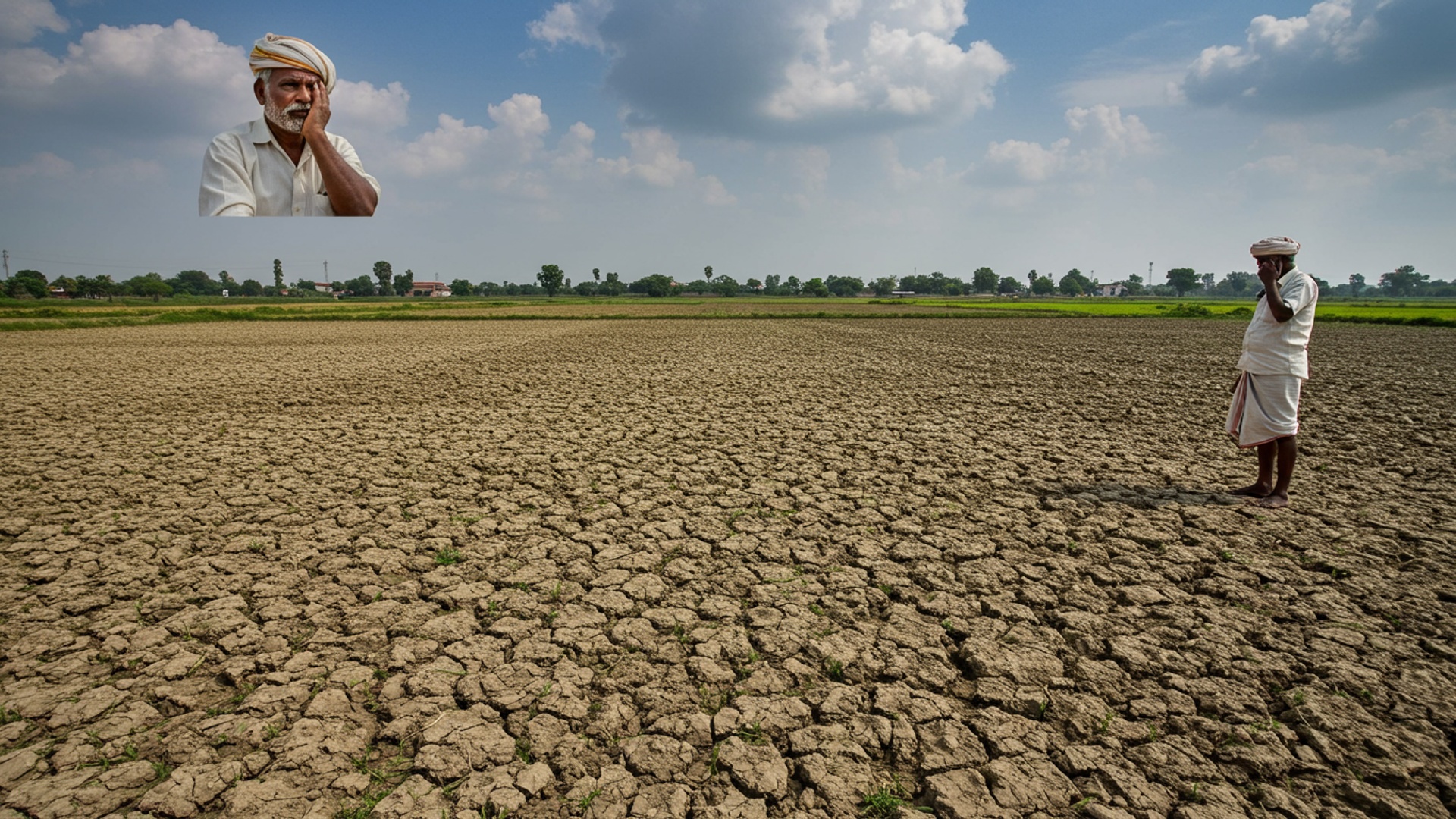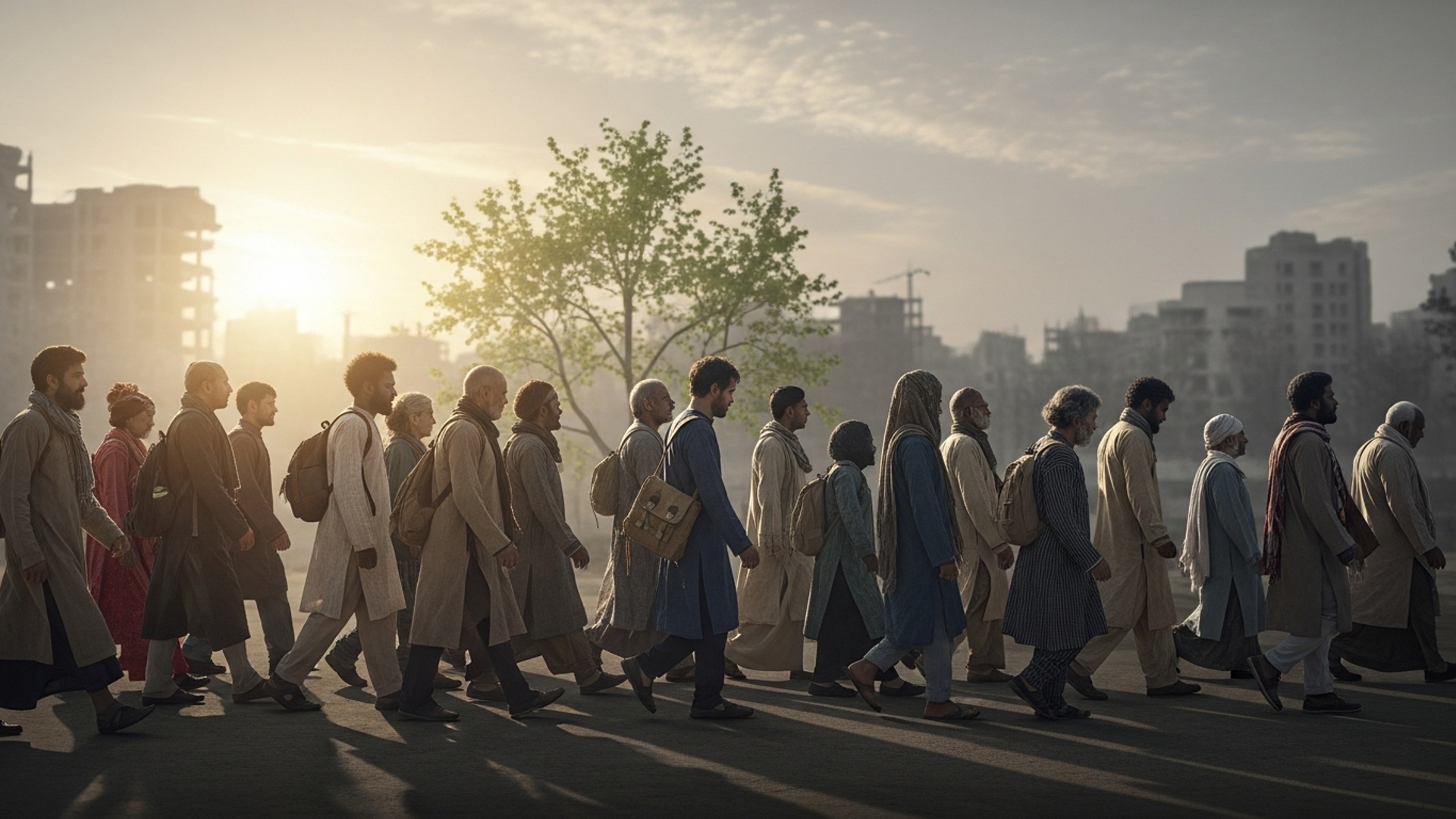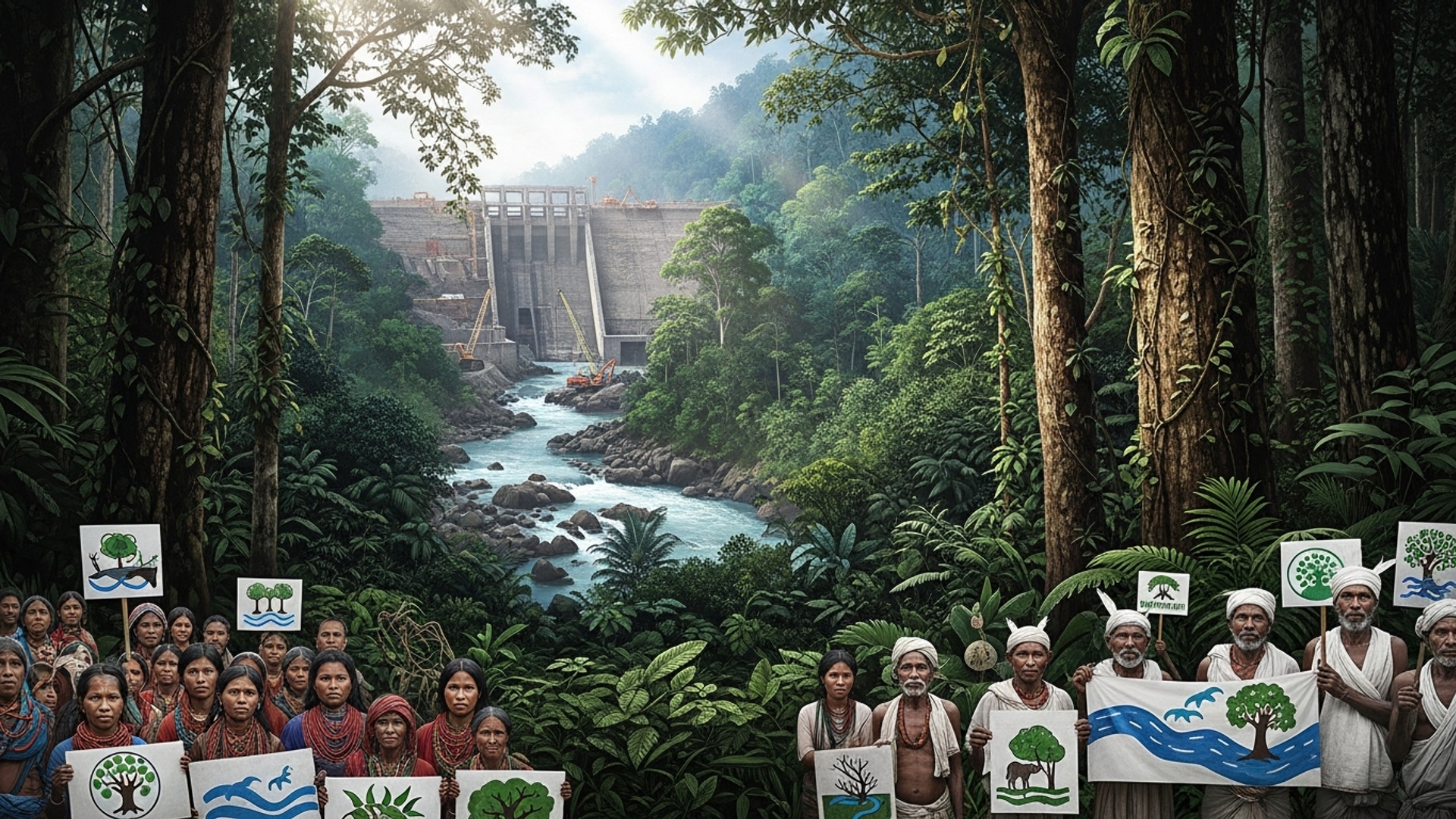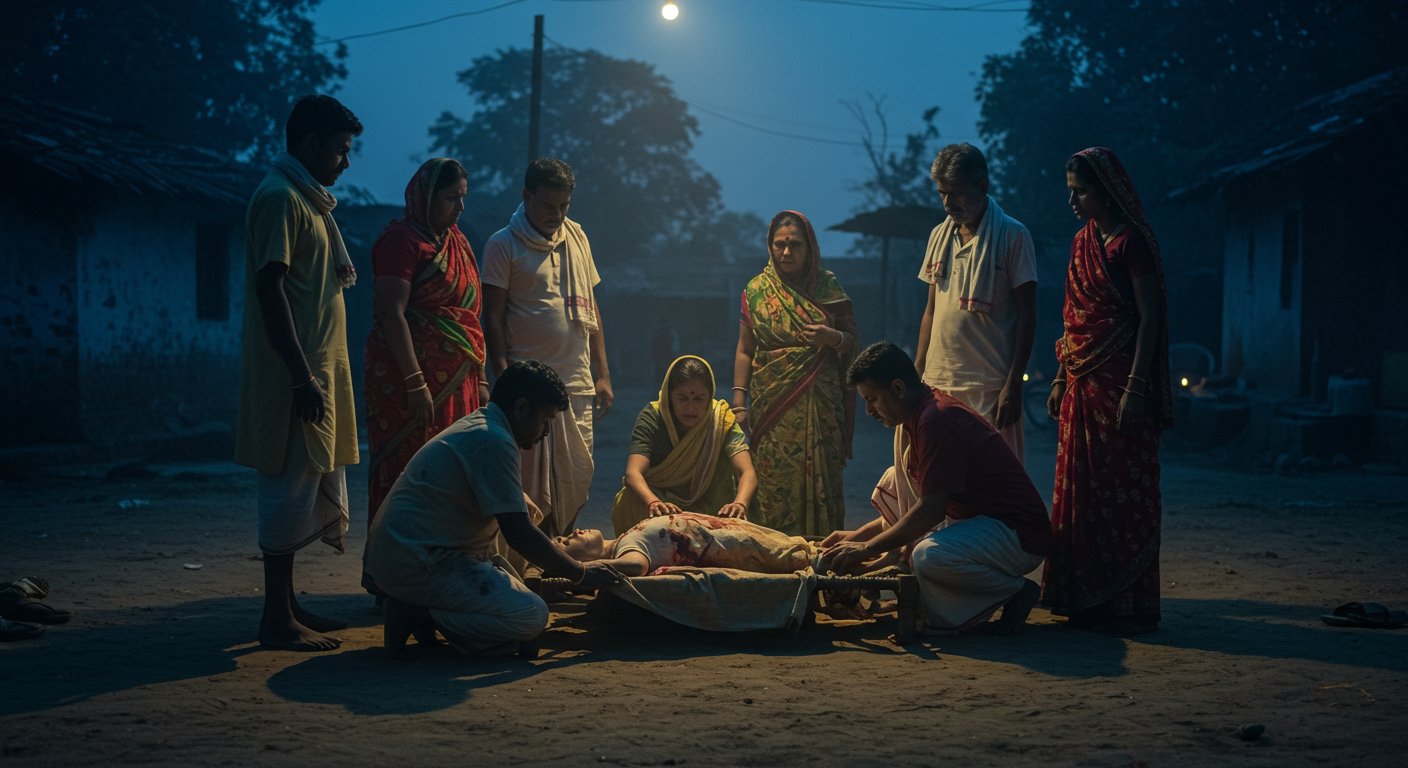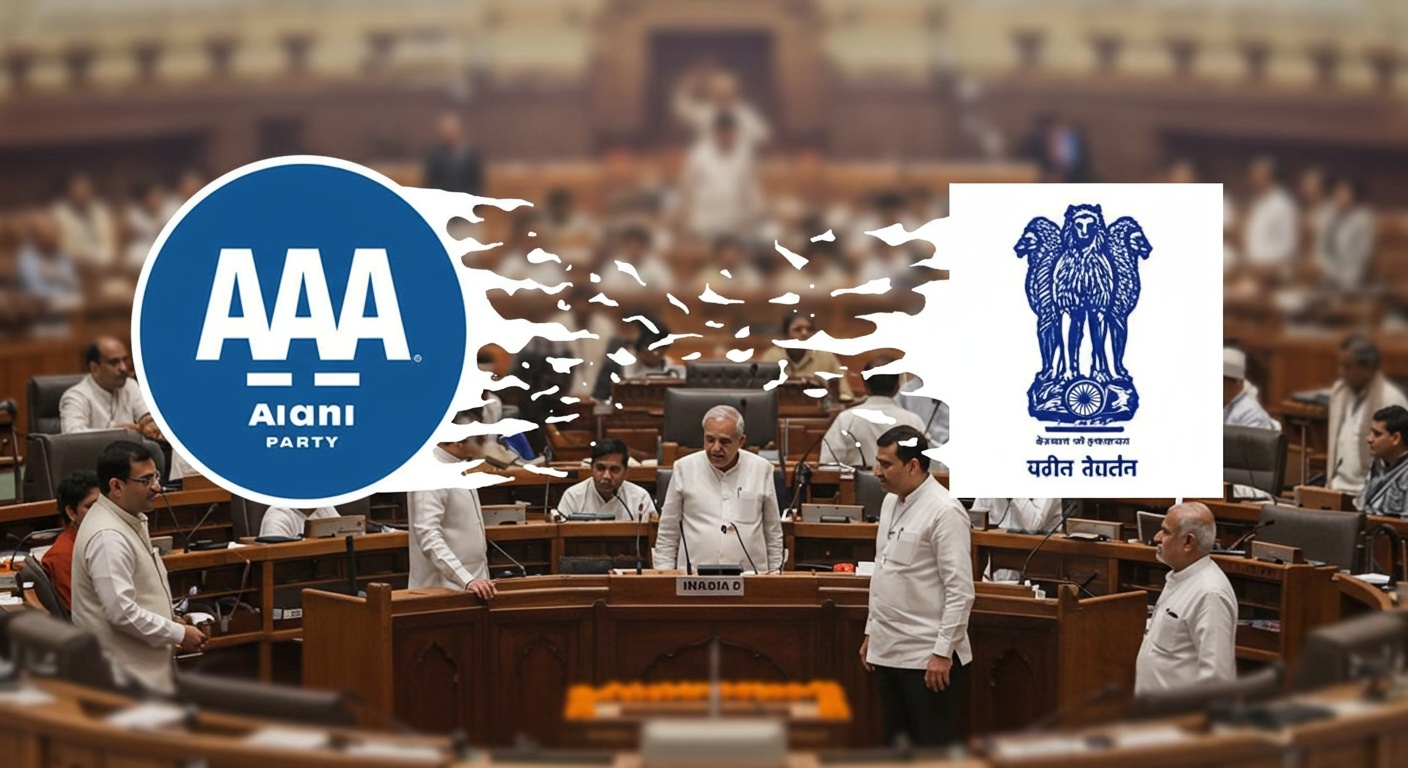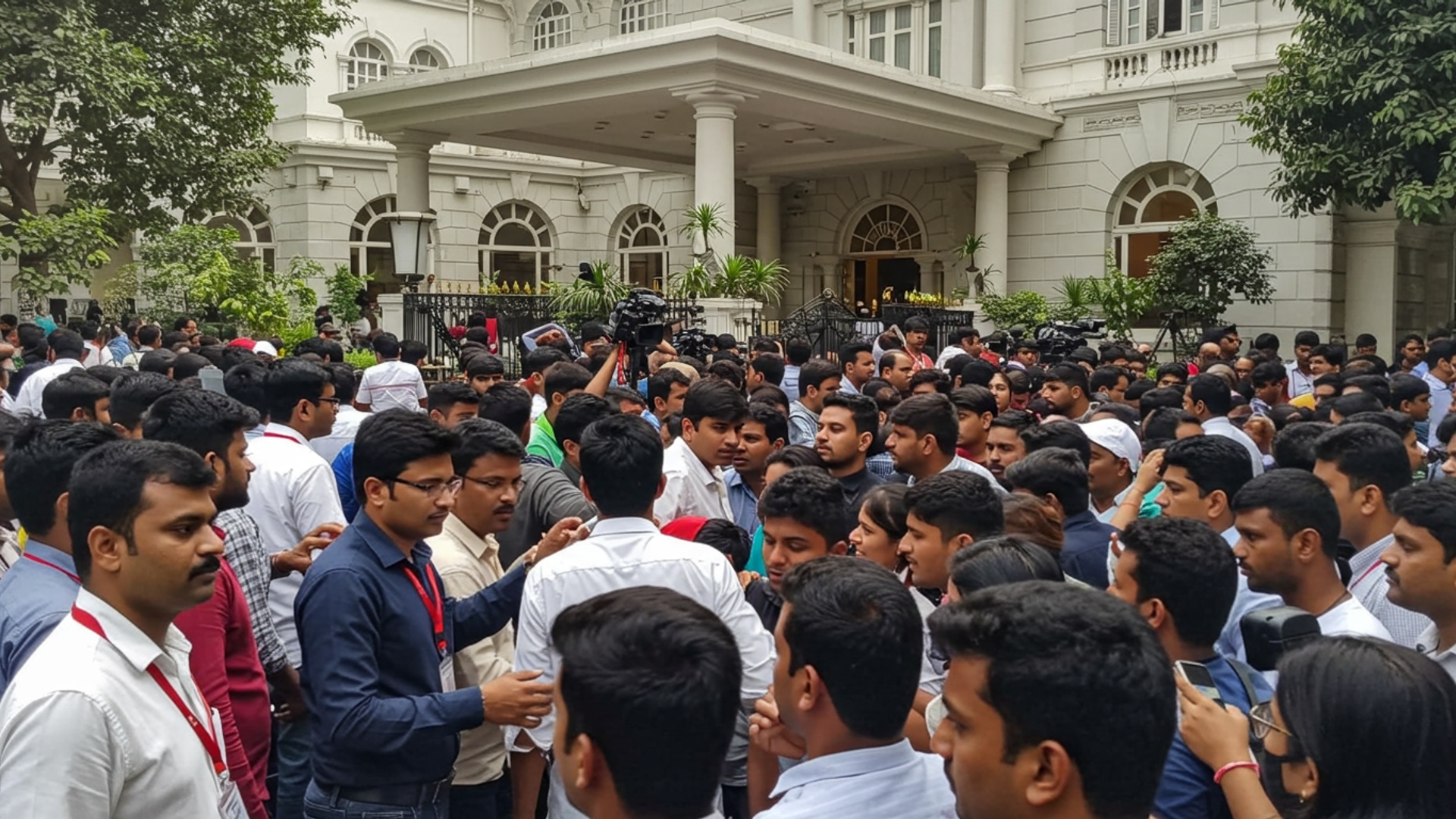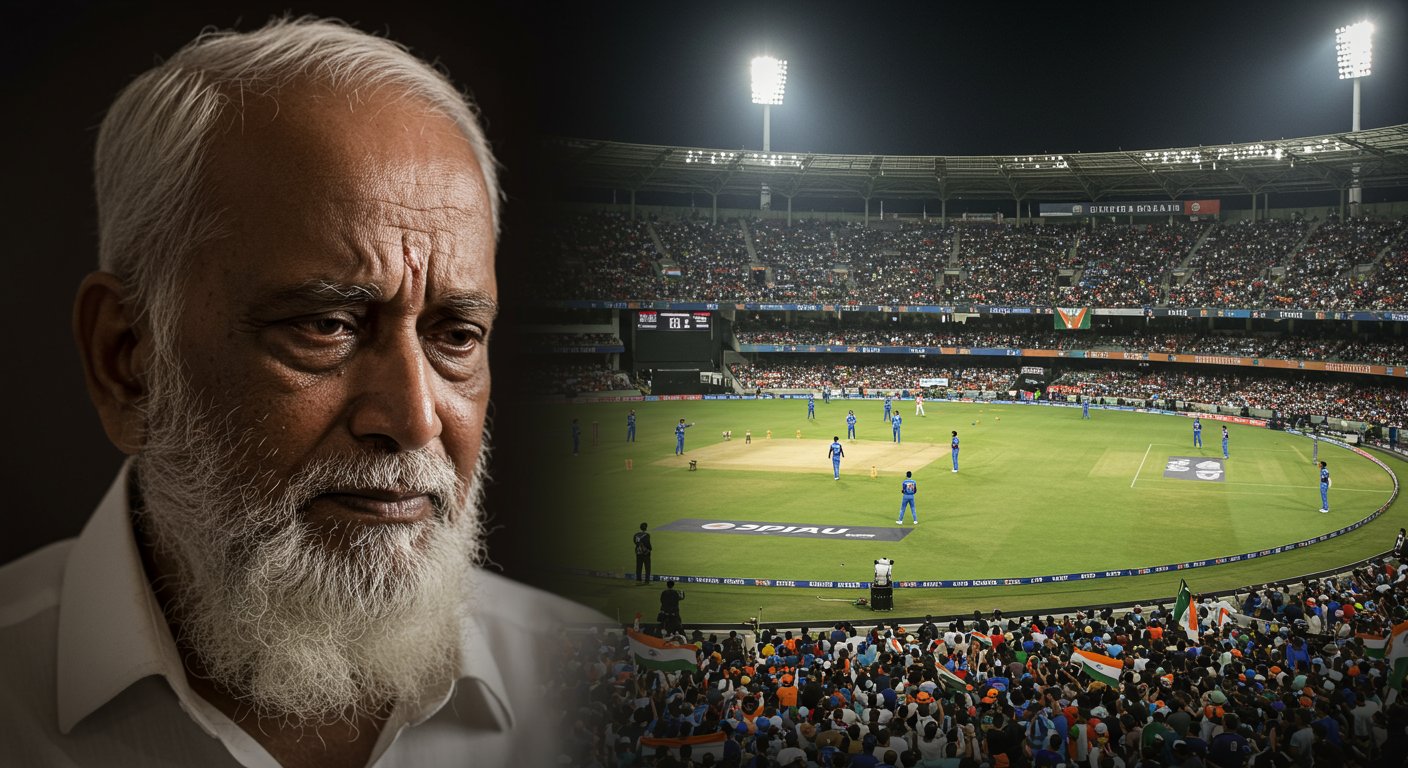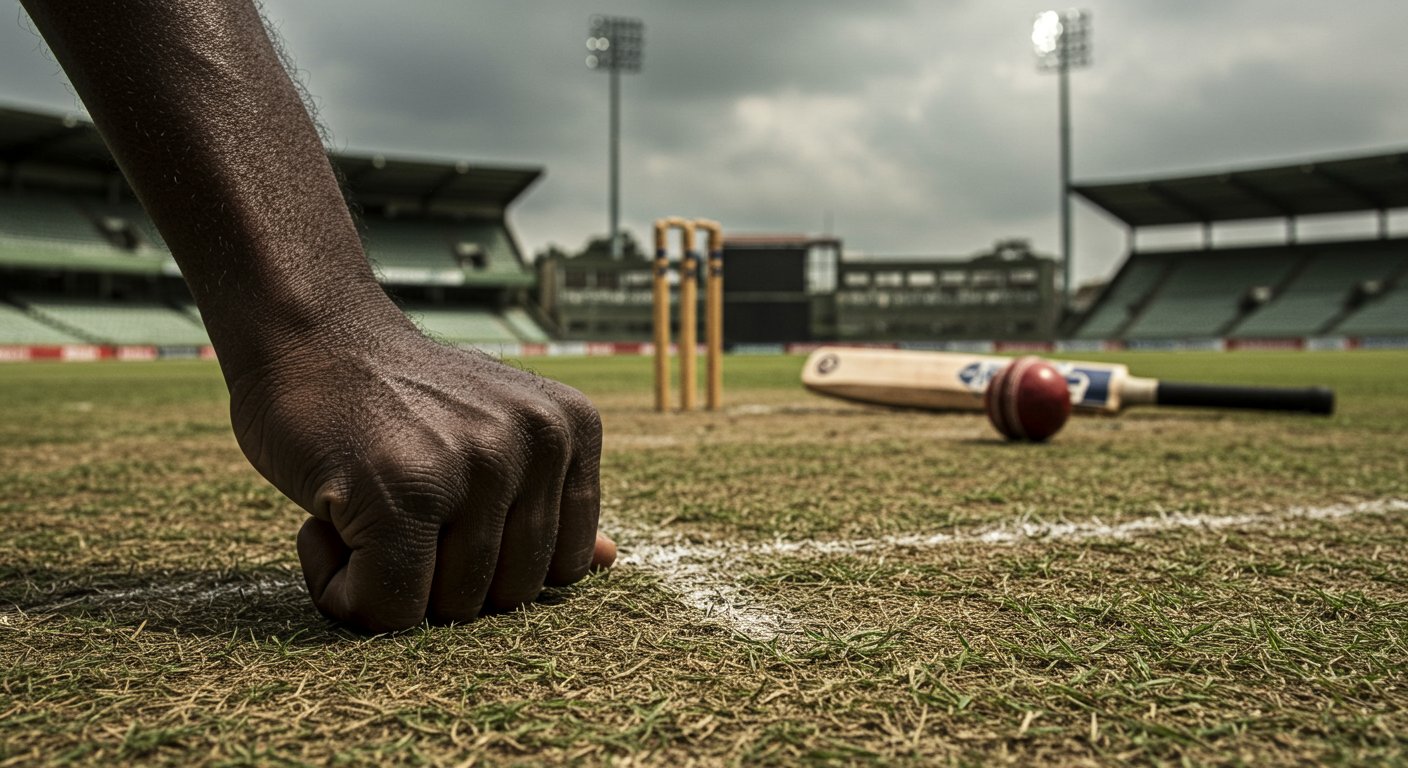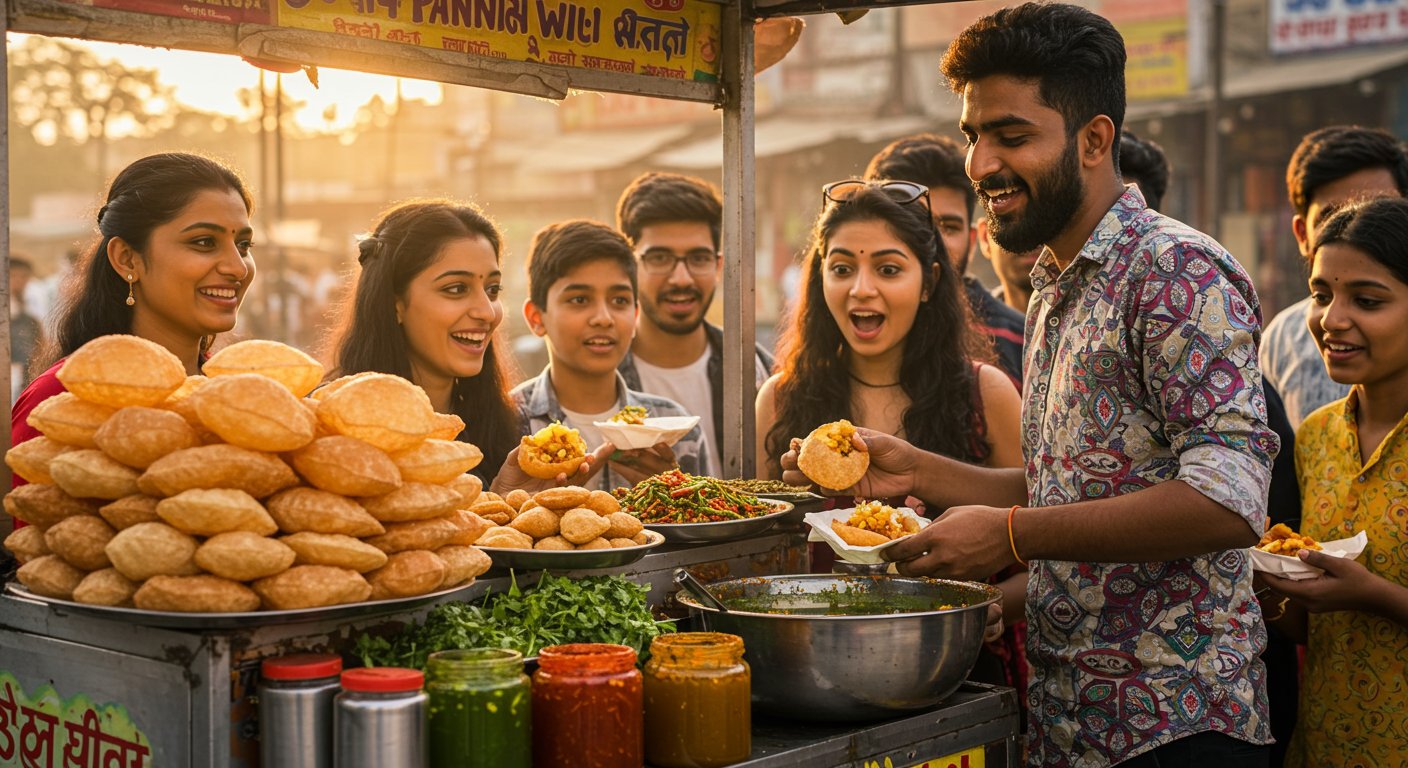Tamil Nadu faces a critical water security crisis as the ongoing monsoon season delivers significantly less rain than expected, raising widespread alarm across the state. This severe rainfall deficit directly impacts vital reservoirs and groundwater levels, threatening the availability of drinking water and jeopardizing agricultural output for millions. With a notable shortfall already recorded, the lack of timely and sufficient monsoon rains creates an urgent situation, compelling officials to seek immediate solutions to safeguard the state’s future water supply.
Rainfall Shortage Hits Key Areas
Tamil Nadu is currently experiencing a significant shortfall in its monsoon rainfall, leading to widespread concerns about the state’s water supply. While some southern parts have seen good rains, large areas, especially in the north and along the coast, are facing a serious deficit. Data from the Indian Meteorological Department (IMD) shows an overall rainfall deficit of about 12 percent across Tamil Nadu by mid-August 2025. This uneven spread means that while districts in the south like Theni, Virudhunagar. Tirunelveli have received good rain, northern districts are struggling with a 21 percent deficit. coastal areas face a high deficit of 34 percent. Chennai, the state capital, has recorded nearly 8 percent less rainfall than normal since June. The Meenambakkam area in the southern suburbs of Chennai alone shows a 15-centimeter shortage in rainfall.
Water Levels Drop in Reservoirs
The impact of the low rainfall is clearly visible in the state’s major water reservoirs. Many dams are holding less water than they should for this time of year. For example, the Mettur Dam, a very vital water source for the state, is currently only 42 percent full. Other key reservoirs like Vaigai Dam and Sathanur Dam also show water levels that are below normal. This reduced storage capacity directly affects both the water available for farming and for drinking in many parts of Tamil Nadu. The lower water levels mean less water can be released for irrigation, which puts a strain on farming activities. This situation highlights how much the state depends on good monsoon rains to fill its water storage systems.
| Reservoir | Current Level (% Full) | Status (as of Mid-August 2025) |
|---|---|---|
| Mettur Dam | 42% | Below Normal |
| Bhavanisagar | 55% | Normal |
| Vaigai Dam | 38% | Below Normal |
| Sathanur Dam | 47% | Below Normal |
Farming Sector Under Pressure
The unreliable rains have hit the farming community hard. In areas where rainfall has been low, farmers have delayed planting their crops. This is a big problem because farming depends heavily on timely rains. Crops like paddy (rice), sugarcane. bananas, which need a lot of water, are particularly at risk. Many farmers are now looking to plant crops that do not need as much water, such as millets and pulses. This change is happening because farmers want to avoid big losses if the monsoon fails again.
“Farmers in rain-deficit regions like the delta zone have held back on sowing.”
Beyond surface water, the groundwater levels are also a major concern. In crucial farming regions like Thanjavur-Tiruvarur, groundwater has gone down significantly. In some places, the water underground has even become salty, making it unfit for watering crops. This combination of low rainfall and falling groundwater makes it very hard for farmers to plan and grow their crops, affecting their income and the state’s food supply.
City Water Supply Challenges
Cities, especially Chennai, are facing a tough challenge with their water supply. Even with some recent rains, the main sources of water for Chennai are not at good levels. The city’s water infrastructure is also old. this makes it hard to manage water efficiently. Chennai has a much lower amount of water available per person compared to the national average. There is a clear gap between how much water the city needs and how much it gets every day. Many people in Chennai have to rely on private water tankers to get their daily water. this can be expensive.
“The situation is particularly dire in Chennai, where 11 million residents strain an outdated water infrastructure, leading to a projected water supply-demand gap of 466 million liters per day (MLD) by 2030.”
Another issue in cities is rapid growth. More buildings and roads mean less open land for rainwater to soak into the ground and refill water sources. Many natural ponds and lakes in Chennai have been lost to construction. While there are rules for collecting rainwater from rooftops, these rules are often not followed strictly. This means a lot of valuable rainwater simply runs off into the sea instead of being stored for later use.
Government Actions for Water Security
The state government has taken steps to address these water challenges. A new Tamil Nadu State Water Policy has been drafted. This policy aims to make sure everyone has fair access to clean water. It suggests making it necessary to register all wells and water transport vehicles to keep track of water use.
For Chennai, a detailed Water Security Plan has been approved. This plan includes 704 projects to manage floodwaters and create a better, spread-out water supply system. The government plans to upgrade 350 existing tanks and build three new dams (barrages) across the Palar river to store more water. A new reservoir is also being built near Kovalam, which will help store floodwater during the monsoon and provide 170 million liters of drinking water to the city every day.
The state budget for 2025-26 has set aside over 10,000 crore rupees to improve water supply systems. A big part of this money will go to Chennai. This includes a project to connect all water distribution points in Chennai with a main pipeline, costing 2,423 crore rupees. This will help share water equally across the city. Also, 102 old water supply systems across the state will be fixed and updated, costing 675 crore rupees.
The Water Resources Department plans to carry out these projects over the next 5 to 10 years, with an estimated cost of 22,004 crore rupees. Funds will come from various sources, including the World Bank. In farming, the Agriculture Department is guiding farmers to grow crops that need less water and mature faster. There is also a new Climate Action Plan for Tamil Nadu, which aims to help farmers deal with changing weather patterns through better water management and smart farming methods.
Looking Ahead
The current monsoon situation highlights the ongoing need for careful water management in Tamil Nadu. The state’s water situation is complex, affected by not only rainfall patterns but also how land is used, pollution. water disputes with neighboring states. While efforts are being made to build new infrastructure and manage water more effectively, the unpredictable nature of rainfall due to climate change remains a big challenge. Experts say that even if the total amount of rain stays similar, the way it falls is becoming less predictable, with dry spells followed by heavy downpours. This makes it even more crucial to collect and store every drop of rain. The coming weeks are very crucial for the state, as they will show if the rainfall situation improves and if the water saving measures will be enough to meet the needs of people and farmers.
![]()
